Dry, dry, wet, wet, dry.
Another crazy meteorological ride this year – it really seems more and more that each year is truly a unique expression of place and time, and more often nowadays, marked by extremes.
 We averaged a measly 10mm of rain a month for the first four months of the year, when we hope to bank a good volume of rain before the heat arrives and the growing starts. And then were hit with 100mm of rain in each of May (second half – so didn’t interfere with flowering at Unang apart from a little in the late Clairette in the valley) and June. We can get wet Mays but very rarely a wet June – and never both. The vines were enjoying this (brief) excess of water and the grape load was looking very healthy. Yet the damp and warm conditions meant that mildew was looking to attack.
We averaged a measly 10mm of rain a month for the first four months of the year, when we hope to bank a good volume of rain before the heat arrives and the growing starts. And then were hit with 100mm of rain in each of May (second half – so didn’t interfere with flowering at Unang apart from a little in the late Clairette in the valley) and June. We can get wet Mays but very rarely a wet June – and never both. The vines were enjoying this (brief) excess of water and the grape load was looking very healthy. Yet the damp and warm conditions meant that mildew was looking to attack.
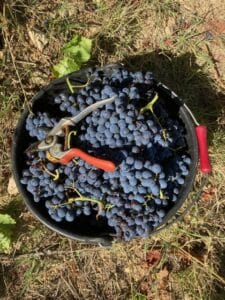 As a result of the rain, even in July the southern Rhone was looking lush and verdant, a very rare sight. But later in the year there was an odd statistic for France: the first 20 days in September were hotter than the first 20 days in either July or August. And October wasn’t too far behind either.
As a result of the rain, even in July the southern Rhone was looking lush and verdant, a very rare sight. But later in the year there was an odd statistic for France: the first 20 days in September were hotter than the first 20 days in either July or August. And October wasn’t too far behind either.
Those who were doing no treatments quickly found the mildew was rife and the leaf canopy compromised – worse still, the fruit hit. Our plan of maintaining light treatments saw some mildew on the leaves but not the grapes, and as a result we took no leaves off later in the year to compensate. We usually take lower leaves off in August to increase airflow around the bunches – a key benefit of leaving them on this year was that the fruit was shaded from the burning sun, the threat of which continued into October.

The rain in May/June did give just about enough moisture for the vines to get through the season, but more would have been better. Particularly as we had our (now normal) burst of 40°C heat at the end of August. The clearest sign of stress was in the Roussanne where the bunches exposed to the sun partly shrivelled over a period of 4 days during a hot week at the start of September – which cost us about 20% of that crop.
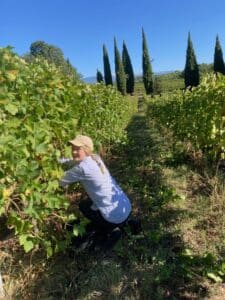
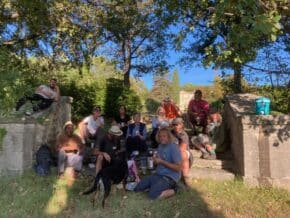
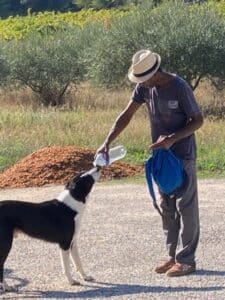
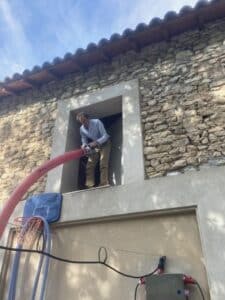
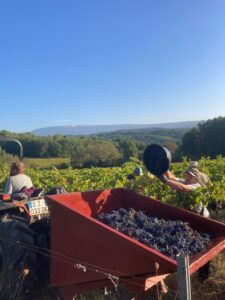
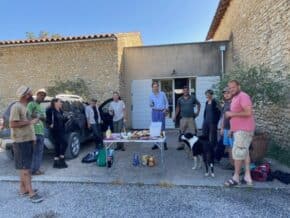
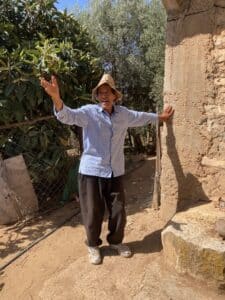
JK 15.11.23
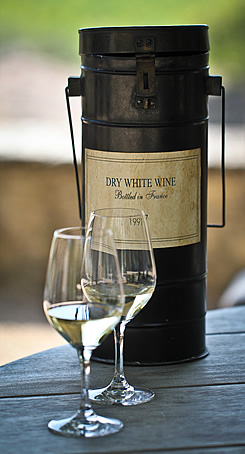
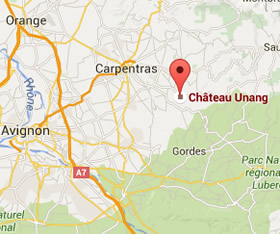
Hello!
Thanks for the nice update about this year’s season. I understand that you have faced grate challenges. Anyway, I have great faith that this year’s production will also be very good, and I look forward to tasting it. Unfortunately the nearest dealer is in Kolding, Denmark, a long way from Oslo. Hopefully it will be possible to shop your products in Norway in not too far future.
Good luck with the production !
Dear Terje
Thank you for your kind words – I hope that you are right! We are excited to see the results of the more regenerative approach that we are taking to improve the organic matter in the soil – and how it will help to deal with the extremes of climate change and in the taste of the wine. if we have a new importer in Norway I will keep you posted.
Thank you, very much! I am very interestetd to know about your importer in Norway, so do keep me posted 🙂